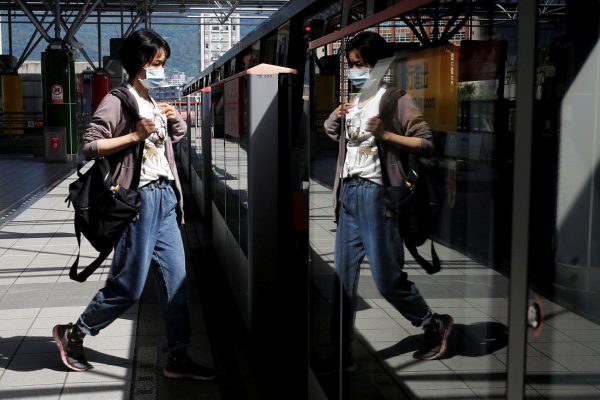Their compliance is needed to support national success.
Taiwan has 18.8 million people living in urban areas and about 5 million living in and around rural villages. The rural population is scattered across 358 townships where population density is much lower than urban areas, with 225 townships having fewer than 50,000 people.
A large number of remote towns and villages are primarily agrarian. Taiwan’s rural population has lower educational outcomes than the urban population. Around ten per cent of older women live alone. In ageing rural areas such as these, access to information is less readily available compared to urban areas. Many children of the elderly also work outside their hometowns or villages. The combination of rural disadvantage and an ageing demographic puts these communities in a more disadvantaged position responding to this pandemic.
Due to fears of community transmission of the virus from asymptomatic patients, COVID-19 sparked panic, especially among the less-informed population. Rural elders rely on the assistance and care of community organisations including local associations and caring services. There is still an urgent need for community-based organisations to help implement prevention measures and disseminate credible information to reduce panic among the rural population.
Chiayi County is the fastest ageing county in Taiwan. As the Taiwanese government began tackling imported cases of COVID-19, local doctors in Chiayi realised that unless they took proactive action to prepare the rural communities for containing the spread of the virus, the healthcare system would be overwhelmed. But they could not wait for the government to take the necessary steps in preparing these communities given that the government’s capacity in rural areas is limited and that its focus was on containing spread in urban centres.
Local doctors prepared initiatives by organising local associations, schools and community networks to plan community responses and anti-pandemic action. These community networks serve as an important platform to distribute official health information on pandemic prevention that is critical to mitigating community panic and ensuring compliance with national health regulations. They encourage people to take body temperatures daily, enforce social distancing rules and teach people to wear masks correctly to avoid community transmission.
Vehicles once used as mobile libraries have now been converted into pandemic prevention publicity vehicles that travel around the streets and alleys broadcasting disease prevention information. Many older people in rural areas are cared for by foreigners. Some civil society organisations are helping to translate official disease prevention announcements into different languages and produce special handbooks for these foreign caregivers to better ensure information accessibility for all rural residents and carers.
In order to deliver the pandemic prevention information in a more accessible and memorable way, some retired schoolmasters have developed pandemic prevention dances to teach elderly residents as part of their daily outdoor exercise routine. Community pandemic prevention committees have also been set up. They work together with government departments and physicians to combat the particular challenges facing rural communities.
These initiatives are simple and practical solutions that rural communities devised to enhance access to information and awareness of pandemic containment. They are tailored to the needs and abilities of the elderly, women, children and foreign workers in rural areas. They also send a strong signal of unity to residents, reassuring them that they have not been left alone. It helps to build trust in the government and reduce panic by enhancing community compliance to mitigate the spread of COVID-19.
Until a vaccine is developed and available, community spread in ageing rural communities can only be minimised through active containment measures. Pandemic containment policies must enhance community resilience strategies and promote compliance with health regulations. The self-organisation of rural communities in Taiwan has won precious time for the healthcare system and greatly aids the effort to flatten the curve.
Hung-yu Liu is a Research Fellow at the Centre for Innovative Research on Aging Society (CIRAS), National Chung Cheng University, Taiwan.
This article is part of an EAF special feature series on the novel coronavirus crisis and its impact.

